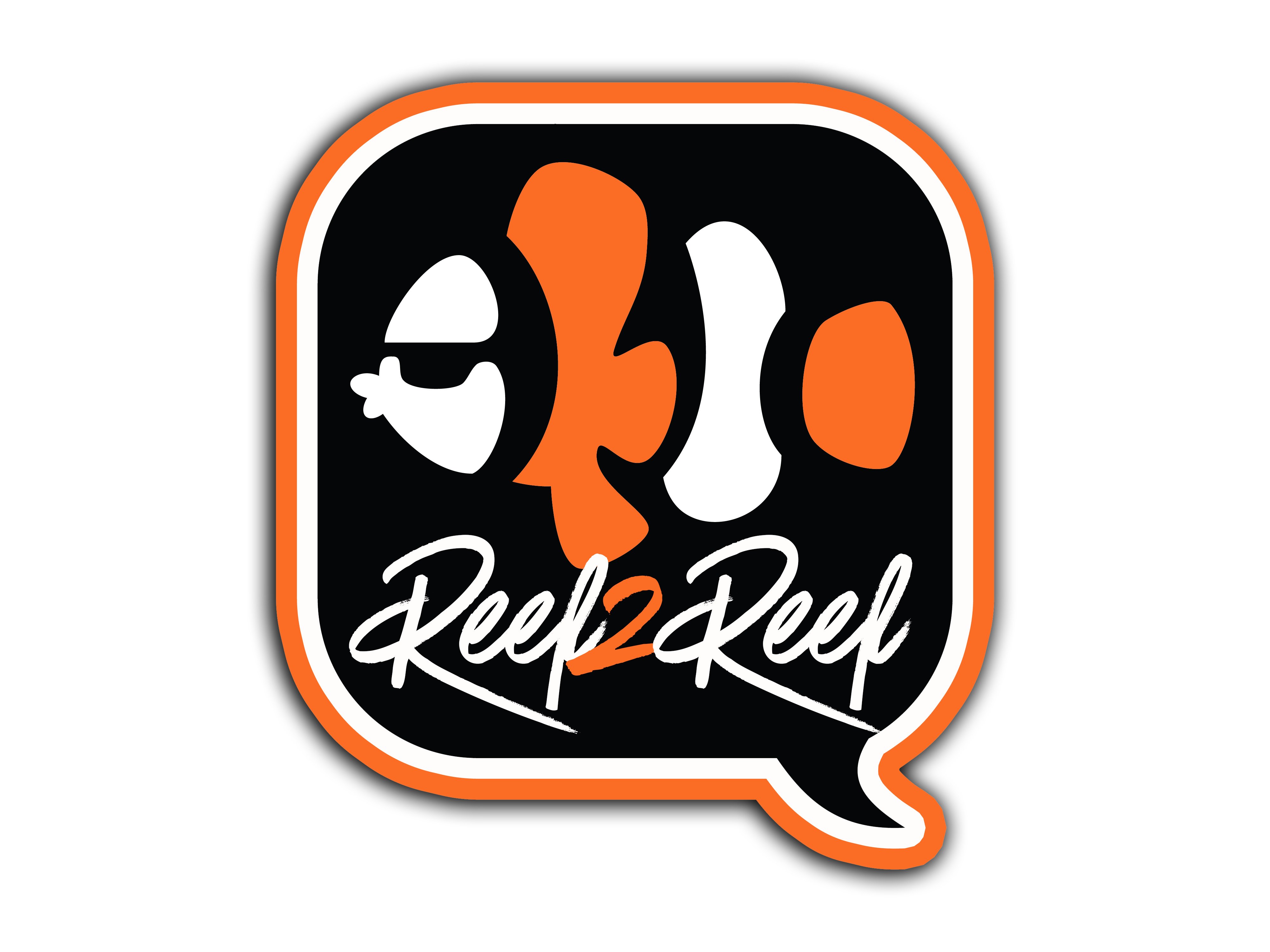Just replaced my DI Resin, Carbon and Sediment Filter and I was wondering is my RODI unit setup correctly? My TDS out is “0” and it’s hooked up in-line after a whole house water softener. If you look at the pics coming out of the RO Membrane there is a black and white line going into a plastic housing of some sort then into a gray adjustable valve. From there it goes to the DI chamber and wastewater line. Just want to make sure everything is setup correctly.
























